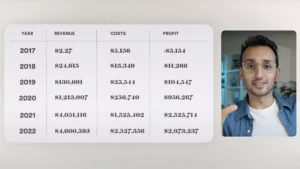In a recent development that has sent shockwaves through the automotive industry, the National Highway Traffic Safety Administration (NHTSA) has launched an investigation into Cruise, a division of General Motors, following reports of its robotaxis allegedly endangering pedestrians. This investigation raises serious concerns about the safety and reliability of autonomous vehicles, which have been touted as the future of transportation.
The NHTSA’s decision to probe Cruise comes in response to multiple reports of robotaxis being involved in accidents with pedestrians. While autonomous vehicles have been lauded for their potential to reduce accidents caused by human error, this investigation underscores the challenges that arise when humans and self-driving technology coexist on public roads. As the industry races towards a driverless future, it is imperative that safety remains a top priority.
This investigation could have far-reaching implications for the autonomous vehicle industry as a whole. It brings into question the readiness of self-driving technology to navigate complex urban environments and interact safely with pedestrians. As regulators grapple with the challenges posed by autonomous vehicles, it is crucial that manufacturers like Cruise address these concerns and work towards improving the safety features and protocols of their vehicles.
The NHTSA’s investigation into Cruise for reports of robotaxis endangering pedestrians highlights the need for further scrutiny and regulation in the autonomous vehicle industry. While self-driving technology holds immense promise, it is essential that safety remains paramount. As the investigation unfolds, it is hoped that the findings will not only shed light on the specific incidents involving Cruise robotaxis but also contribute to the development of safer and more reliable autonomous vehicles in the future.
Read more at Futurism




